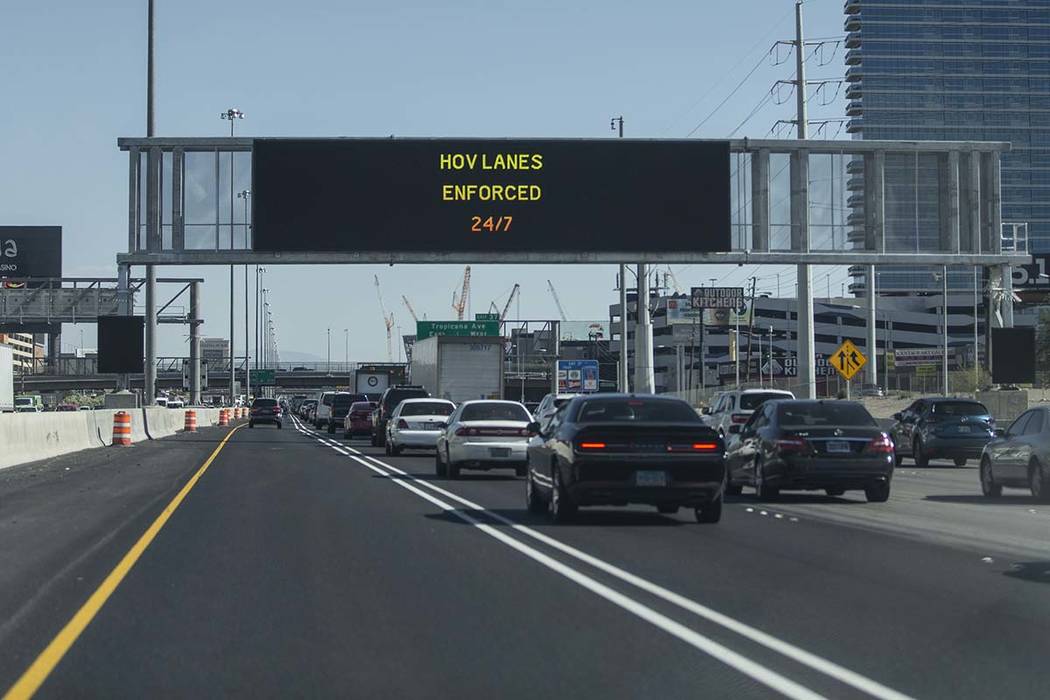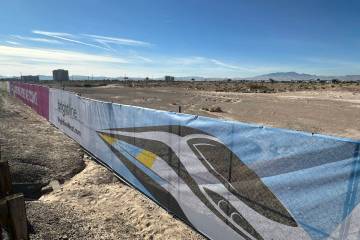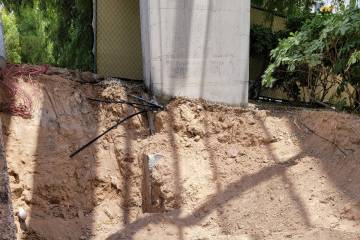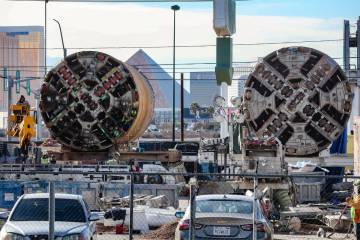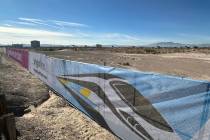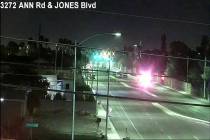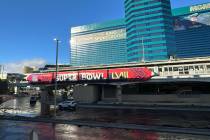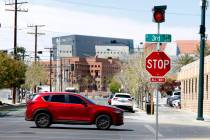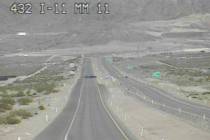New HOV access points to be added following motorists’ complaints
Despite initially saying there would be no changes to the carpool lane system in Las Vegas for three years, state transportation officials are changing course.
The Nevada Department of Transportation announced Tuesday that it will add six new entry/exit locations to the high occupancy vehicle system that stretches from Silverado Ranch Boulevard on Interstate 15 in the south valley to Elkhorn Drive on U.S. Highway 95 in the northwest valley.
Since the 22-mile HOV lanes were completed and new regulations governing them went online June 20, one of the biggest complaints to NDOT has been the number and location of the entry/exit points, according to Kristina Swallow, Transportation Department director.

“Since we have opened the system we have heard from the community about where the system is working and where it’s not,” Swallow said Tuesday at the transportation board of directors’ meeting. “One of the critical complaints that we received is … on I-15. From what I understand if you get on at Flamingo, Spring Mountain, Sahara and you’re going north, you cannot access the HOV lanes until all the way at 95 at Decatur. That’s not what we intended; that’s a problem.”
The new entry points will be added in the next six to seven months, Swallow said.
New northbound entry/exit points will be added on I-15 north of Sahara Avenue and north of the Neon Gateway, with a new southbound access point being added south of Russell Road.
On U.S. 95, new northbound HOV access points will be added south of Rancho Drive and near Craig Road, with a new southbound access point being added near Craig Road. The existing Ann Road access point will be relocated farther north.
Las Vegas Review-Journal readers have regularly emailed complaints about HOV lane access since June, all with a common theme.
“I entered the HOV on I-15 near Spring Mountain, thinking there would be an exit for Blue Diamond Rd. Boy was I wrong,” said Review-Journal reader Victor Moss in an email. “I had to go 10 miles out of my way because the next exit is five miles past Blue Diamond.”
Moss also thought adding more signage regarding where access points are located would help the system and cut down on the amount of motorists who cross the double lines to reach their exits.
Aside from the access point issues, new data revealed vehicles in the HOV lanes on U.S. 95 are traveling 8 mph faster on average, compared with the general purpose lanes, Swallow said.
“They’re a safe difference,” she said. “They’re not going 20 mph faster, they’re going about 8 miles, which is about what you expect and what you want to encourage folks to use the HOV lanes.”
Vehicles traveling in the general purpose and HOV lanes on U.S. 95 northbound have remained fairly consistent in a comparison of two days, Sept. 14. 2016, and Nov. 6 of this year. A similar pattern of ebbs and flows emerged, with peak vehicle counts nearing 2,000 vehicles per lane per hour in general purpose lanes and HOV lane peak usage of between 1,200 and 1,300 vehicles per hour.
Similar data isn’t yet available for I-15, as the department is waiting for the active traffic management signs to be fully operational on I-15, as they have sensors and other technology needed to collect the numbers.
The signs were expected to go live in late fall but are now not going to be fully operational until March because of a delay in testing the software system, Swallow said.
“The ATM signs are critical for the full analysis of the HOV system and the full deployment for the HOV system,” she said. “They will allow us to open the HOV lanes during a crash or construction. … In the meantime we may see portions of the system rolling out where we could use the signs to do safety messaging. At Christmas we may see something along the lines of ‘Only reindeer can fly, watch your speed.’”
Contact Mick Akers at makers@reviewjournal.com or 702-387-2920. Follow @mickakers on Twitter.



